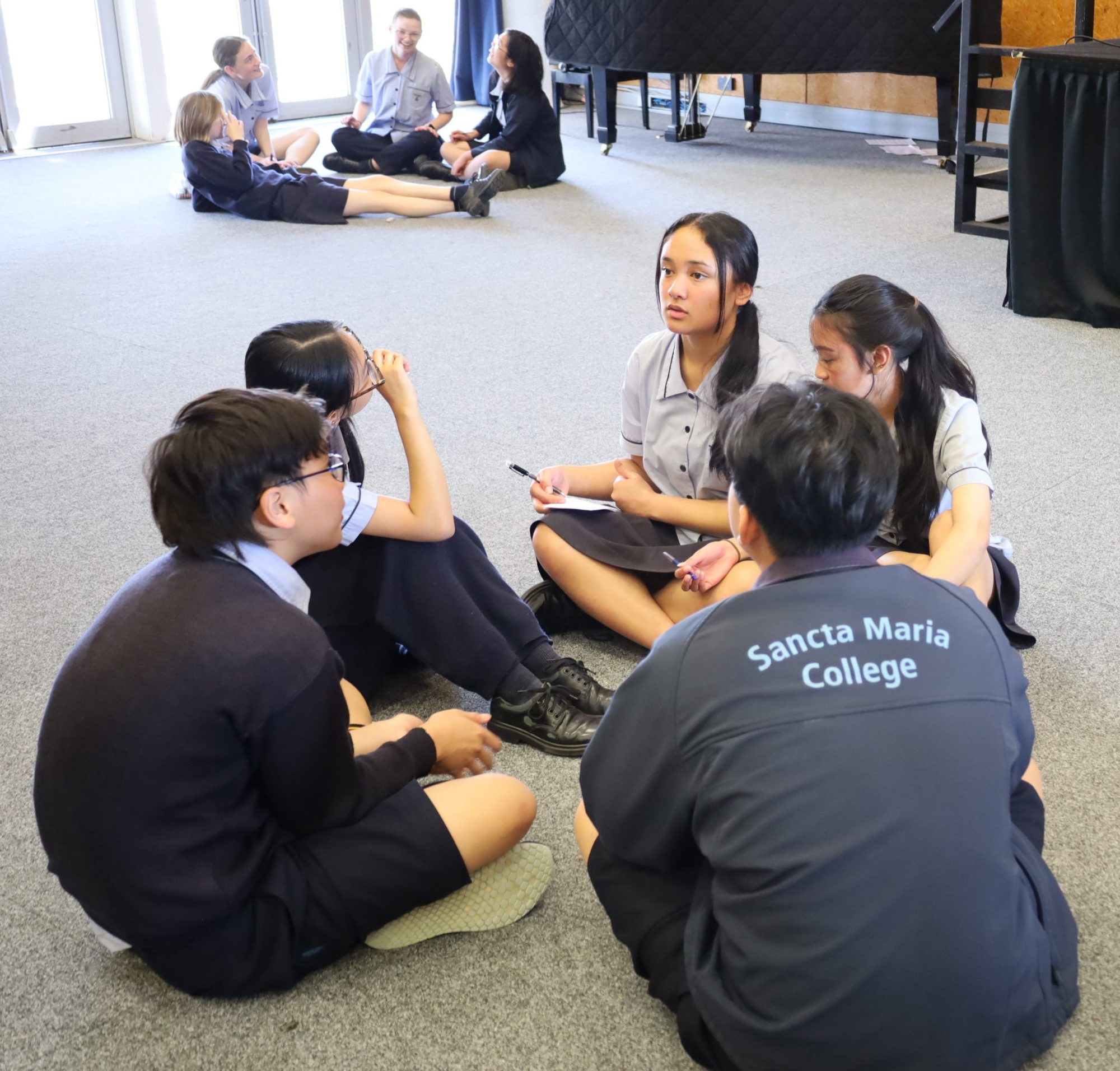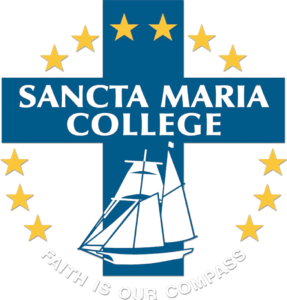As teachers we are always reflecting and reviewing how we can best engage our students in learning.
Research tells us that actually, girls are far more likely to “engage in learning for the sake of learning”. That is, on the whole the evidence is that girls are far more likely to want to, and be ready to, learn.
Boys sometimes need to be convinced! (As with all such statements, it is important that we recognise that this is not the case for every boy, or every girl!)
So, at Sancta Maria College, we as teachers have spent time on looking at ways to best engage our young people – focusing on one group but always ensuring that in doing so, we in no way disadvantage any other group.
One way to do this is to ensure learning is connected with the real world. For example, perhaps using current events such as the 2023 Rugby World Cup as a basis for a study of transactional writing (perhaps a match report) or statistics (mean, median and mode of points scored).
Another way to engage students in learning is through collaboration. Evidence tells us that students learn better with peers, as they are able to discuss their thinking in their own language, and in doing so identify gaps in their understanding. To verbalise thinking, there needs to be a processing of that thinking, thereby students are more likely to retain knowledge. Hence, discussion helps learning.
The way learning is sequenced is another consideration in engaging our students in learning. Curriculum design is a skill and a process.
In our recent late-start PLD sessions, teachers have been collaborating in departments to plan work, and to really dig deep and reflect how students can be engaged with their learning.
Our next steps in this is to think about “chunking” learning consistently. That is, spending time on ensuring our students experience new knowledge in different ways, have different ways of working with that knowledge, and finally have different modes of expressing that knowledge to reveal understanding. These modes include writing, presentations, a product, or through the many digital tools we have at our disposal.
Always in our thinking and in our planning is ensuring our wonderful young people get the best learning experience possible.
We look forward to receiving and reflecting on the thoughts of our young people, and of our wider community, on these learning experiences in the responses we receive in the upcoming surveys outlined by Ms Moore in her Principal’s Message.
Ray Green,
Deputy Principal, Teaching and Learning


